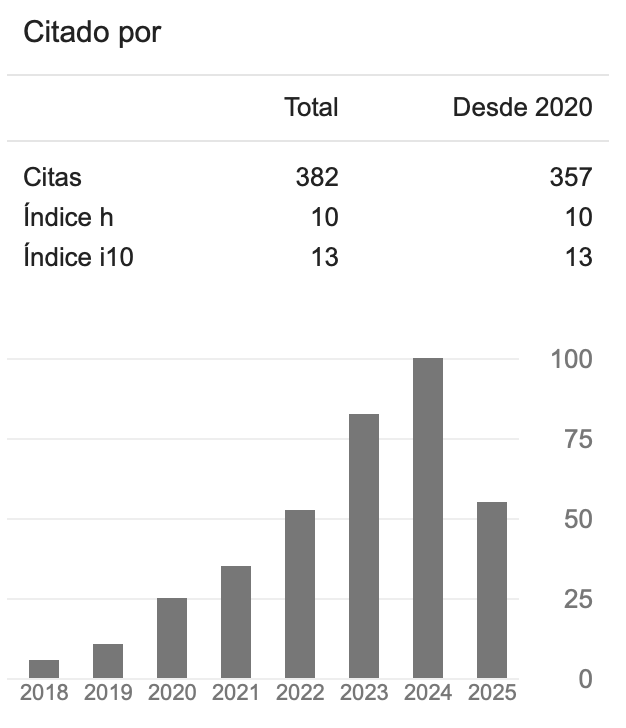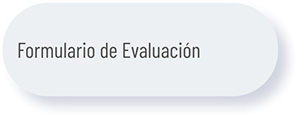ESTUDIO DEL COMPORTAMIENTO FÍSICO-MECÁNICO DE ROLLOS DE TOTORA AMARRADOS: INFLUENCIA DE LA TENSIÓN DE AMARRE, DIÁMETRO Y LONGITUD
DOI:
https://doi.org/10.33324/daya.vi6.219Keywords:
Totora, amarre, rollos de totora, estructura, construcciónAbstract
La totora (Schoenoplectus californicus (C. A. Mey) Sojak), es una macrófita de raíz acuática que crece principalmente en América desde California hasta Tierra del Fuego y algunas islas del Pacífico. Esta planta ha sido utilizada desde tiempos ancestrales por varias culturas para la elaboración de objetos, artesanías, embarcaciones y cabañas. La presente investigación se refiere al estudio de los factores que influyen en las propiedades mecánicas de rollos de totora amarrados con el fin de que puedan ser utilizados como elementos constructivos. Con los parámetros estudiados se concluye que la tensión de amarre el diámetro y la longitud influyen en la resistencia a flexión y compresión, siendo presumiblemente el deslizamiento entre las fibras la causa principal de estas variaciones. La utilización de adhesivos mejora sustancialmente la resistencia a flexión llegando a conseguir valores superiores a 20 MPa en piezas de alrededor de 200 g de peso. La función principal del pegamento es limitar el deslizamiento longitudinal entre las fibras lo que permite que trabajen en conjunto consiguiendo mayor resistencia.
Palabras clave
Totora, amarre, rollos de totora, estructura, construcción.
Abstract
The cat-tail (Schoenoplectus californicus (C. A. Mey) Sojak), is an aquatic root macrophyte that mainly grows in America from California to Tierra del Fuego and some Pacific islands. This plant has been used since ancient times by various cultures for the production of objects, crafts, boats and cabins. The present investigation refers to the study of the factors that influence the mechanical properties of the tied cat-tail rolls so that they can be used as constructive elements. With the parameters studied, the study concludes that the clamping tension, the diameter and length influence, the resistance to bending and compression, the sliding between the fibers is presumably the main cause of these variations. The use of adhesives substantially improves the resistance to bending reaching values higher than 20 MPa in pieces of around 200 g in weight. The main function of the glue is to limit the longitudinal sliding between the fibers, which allows them to work together achieving greater resistance.
Keywords
Cat-tail, tied, cat-tail rolls, structure, construction.






